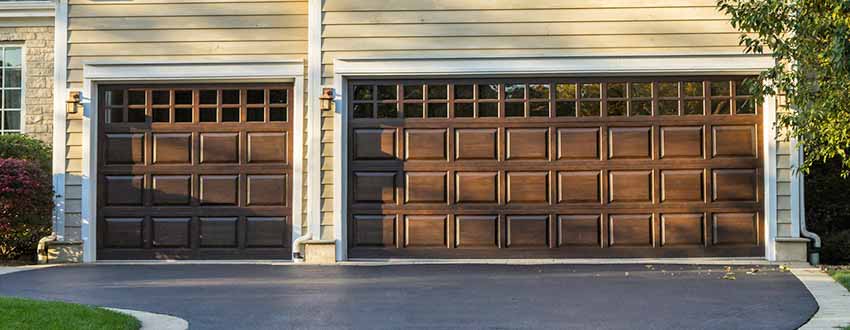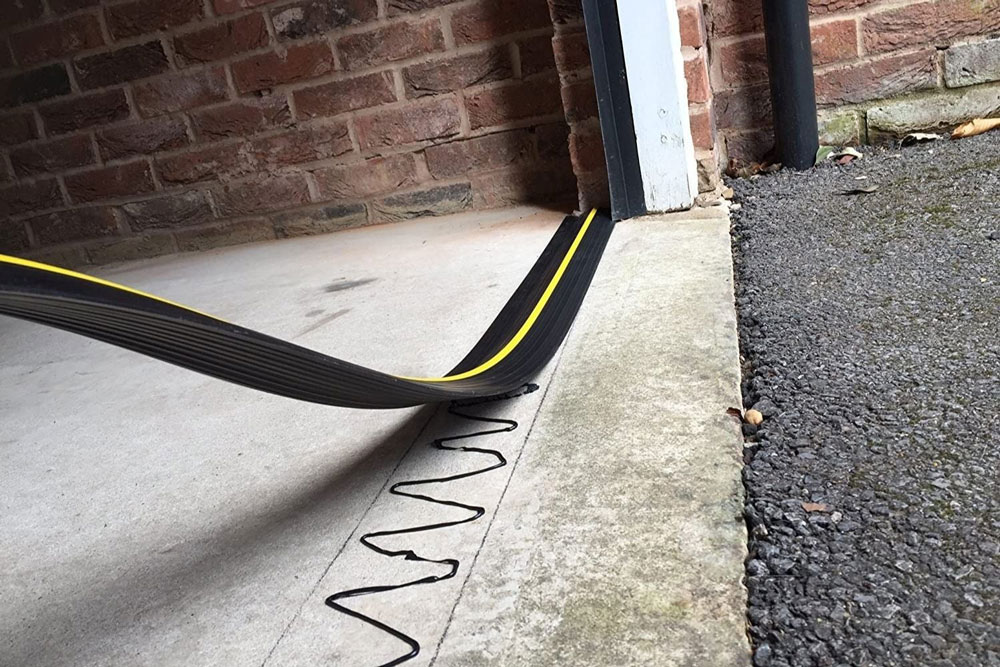Garage Door Jargon 101
Garage doors are a ubiquitous sight in everyday life, and we often take them for granted. Many people are unfamiliar with the names of their individual parts, sometimes referring to them as thingamajigs or doohickeys. Perhaps they’re simply intimidated by all the moving pieces. In actuality, the system is not overly complex, and it’s made easier to understand if we break it down into its components. Let’s work to simplify the jargon.
The Doors Themselves
Garage doors are divided into sections called panels. These are attached to each other by hinges. The panels can be made from many different materials, but some of the more common options are steel, aluminum, and wood. At the base of the door is the astragal, which acts as a seal to help keep out unwanted drafts and debris. Doors have a lift handle that is used for manual opening.
The door panels raise along metal pieces called tracks. When in the open position, the door is supported by the horizontal section of this track. The door movement is made possible by circular wheel-like parts called rollers.
The Different Varieties of Opener
There are three main garage opener types. Chain drives are relatively cheap but are typically the loudest of the bunch. Belt drives are more expensive but are easier on the ear. Screw drives have fewer parts and are less apt to break.
What Parts Open the Doors?
The lift strength is furnished either by torsion springs or extension springs that provide counterbalance. Torsion springs are located above the door, while extension springs are on either side. The lengths of metal that lift the door are called cables, and these cables wind around circular parts called drums.
For purposes of safety, garage doors are equipped with sensors that detect motion underneath the door and stop the door from moving when something or someone is in the door’s path.
Aside from the parts themselves, there are other terms used in the garage door industry. For example, “backroom” refers to the depth of the garage – the amount of room available for the raised door. “Clearance” indicates how much room is needed on all sides of the door for a proper install. A “cycle” is one occurrence of the door opening and closing completely.
See? Easy as Pie
And there you have it – some of most popular garage door terminology. Your “whatchamacallit” days are a thing of the past!
If you have questions concerning garage doors or would like to discuss installation, please contact D Bar Garage Doors at (503) 553-9933


